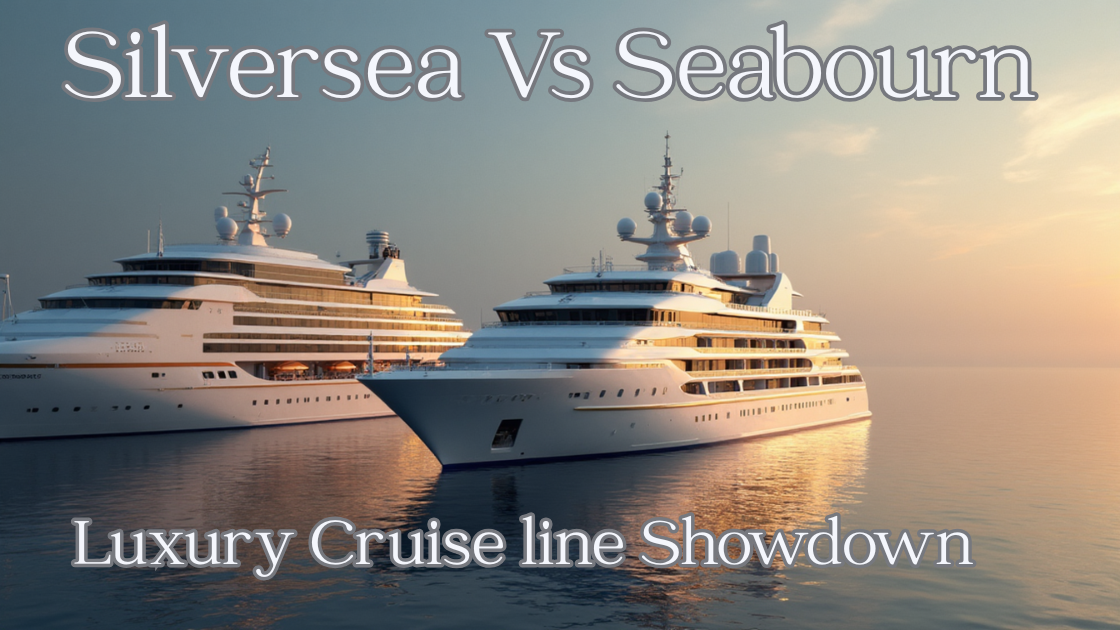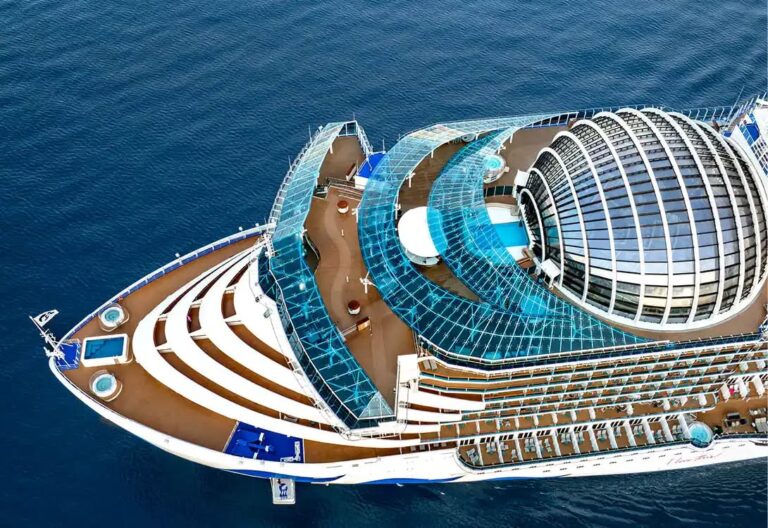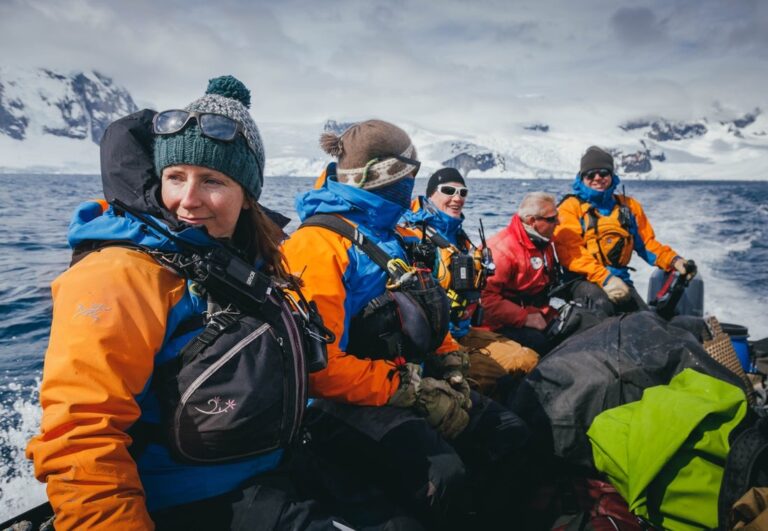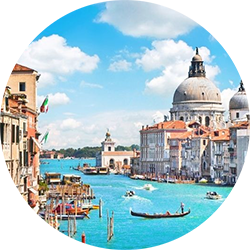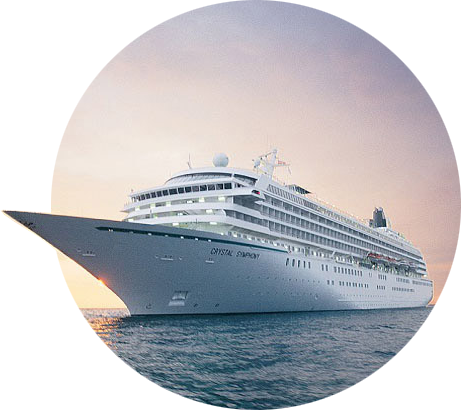We recognize that cruise vacations are not just an investment, but often the highlights of our lives, and we take that responsibility seriously. We want to ensure you have the best vacation experience.
Interested in a job in travel? Click here to learn: How to Become a Cruise Travel Agent

Stop Dreaming, Start Planning: Your journey to the End of the Earth starts here with Vincent Vacations. If Antarctica has always been on your travel bucket list, there is no better time or guide to make it happen than now. Our expert travel agents specialize in creating once-in-a-lifetime expeditions to this breathtaking and remote continent.
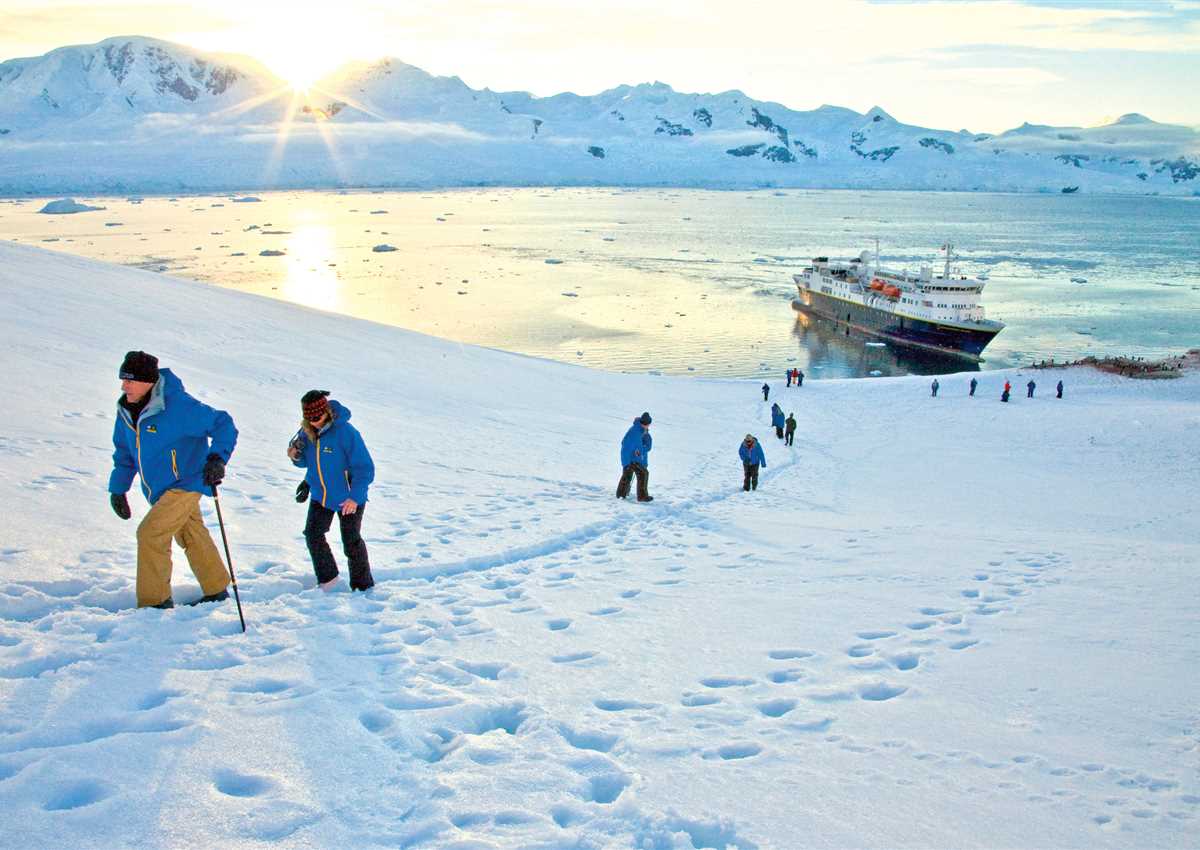
Embarking on an Antarctica expedition cruise is a journey of a lifetime — one that requires expert planning and trustworthy guidance. Vincent Vacations stands out as the premier travel agency specializing in crafting unforgettable Antarctic adventures tailored to your dreams and expectations.

Embarking on a sailing adventure to Antarctica is a once-in-a-lifetime experience that combines breathtaking landscapes, unique wildlife encounters, and unparalleled exploration. Choosing the right expedition supplier is key to ensuring your journey is safe, comfortable, and unforgettable. Our guide introduces you to the leading companies offering sailing experiences to this remote and pristine continent, each bringing its own unique style and expertise.
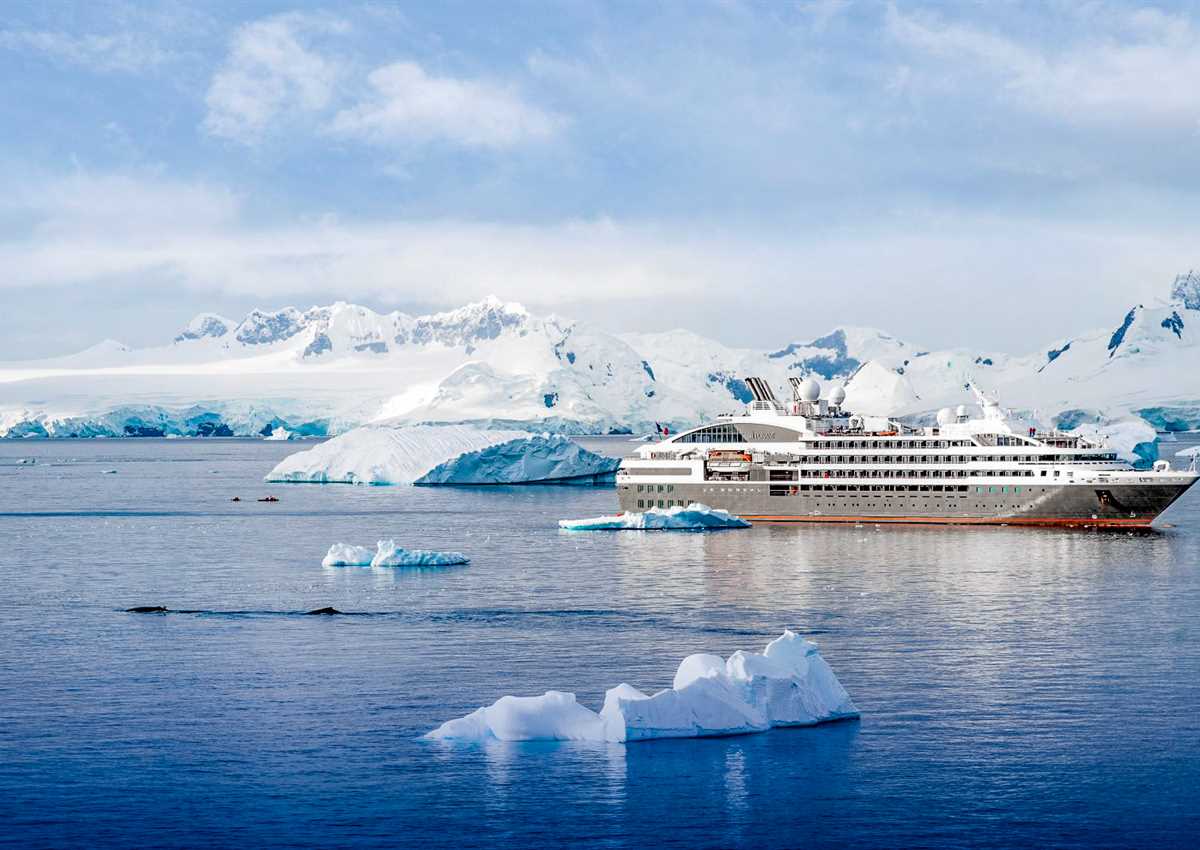
Imagine embarking on a journey to the world's most pristine and untouched continent, Antarctica. PONANT cruises offer an unforgettable experience, blending luxury with adventure. With Vincent Vacations as your trusted travel partner, you can ensure a seamless and memorable trip. Our expert travel agents are dedicated to providing personalized service, helping you choose the perfect itinerary that suits your desires.
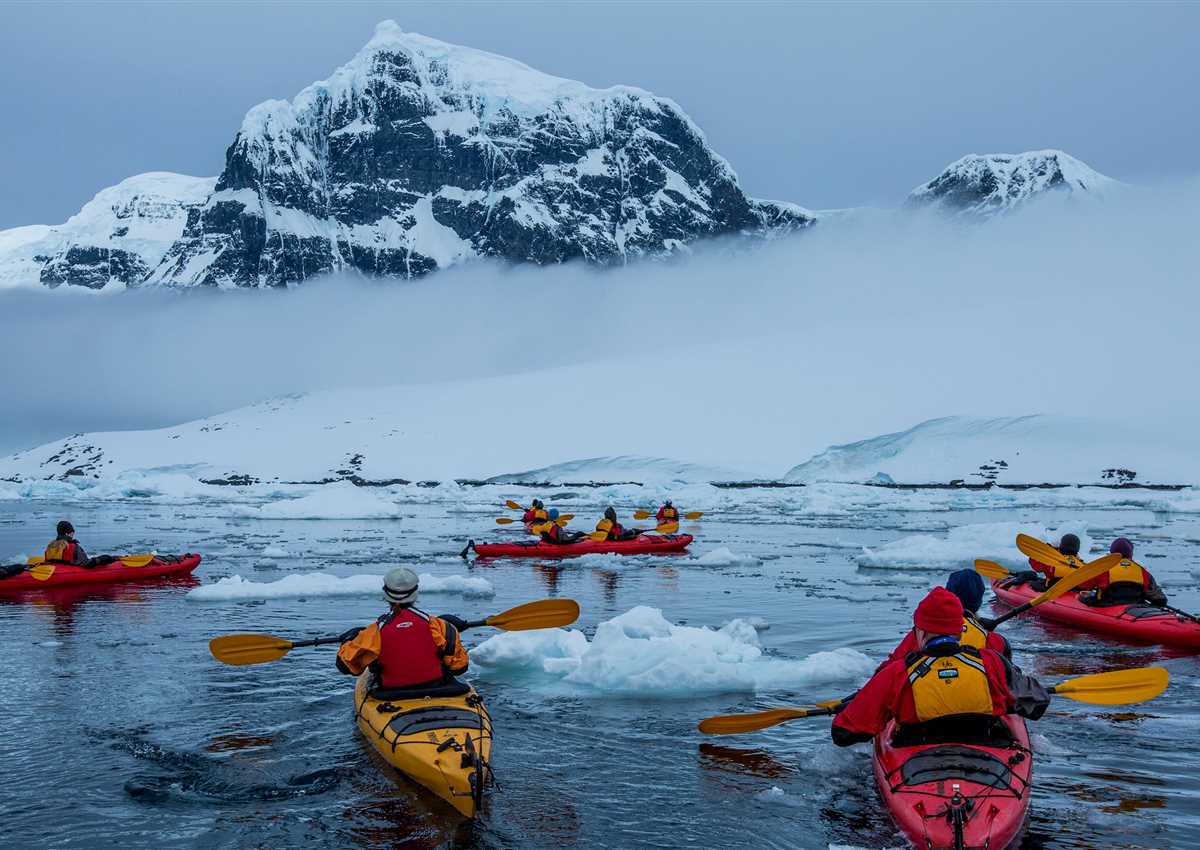
Antarctica, the frozen continent at the bottom of the world, is a dream destination for many travelers. For those who want to explore this vast, icy landscape, expedition cruises offer an unparalleled experience. Among the leading operators are Lindblad Expeditions, Quark Expeditions, PONANT, Silversea, Hurtigruten/HX, Seabourn, and Abercrombie & Kent - Cruises.
The National Geographic Endurance, launched in 2021, is a game-changer in the world of expedition cruising. Built specifically for Arctic and Antarctica expeditions, this ship offers the perfect blend of adventure, comfort, and educational experiences, making it an ideal choice for travelers seeking to explore the world's most remote and breathtaking regions.
Embarking on an expedition to Antarctica with Lindblad Expeditions is a journey that promises to leave you awestruck and inspired. With a legacy spanning over five decades, Lindblad has pioneered travel to this enchanting continent, offering an experience that combines adventure, exploration, and unparalleled access to one of Earth's most pristine environments. Whether you're drawn by the majestic landscapes of ice and snow, the vibrant wildlife, or the thrill of exploring a relatively untouched region, Lindblad Expeditions crafts a journey that is both exhilarating and transformative.
Embarking on an adventure to Antarctica is a once-in-a-lifetime experience, offering breathtaking landscapes, incredible wildlife, and unparalleled exploration opportunities. Lindblad Expeditions, with its rich history and expertise in expedition travel, provides the perfect platform for this journey. Since pioneering the first tourist expeditions to Antarctica over five decades ago, Lindblad has honed its ability to deliver the safest and most immersive experiences in this captivating region.
Viking Expeditions offers travelers an opportunity to explore some of the most remote and breathtaking destinations on Earth, with a focus on adventure, education, and luxury. Among their most captivating itineraries are those that take travelers to the icy landscapes of Antarctica. This journey is not just about reaching the end of the Earth but immersing oneself in an experience filled with wildlife, stunning natural beauty, and educational insights.
Viking Expeditions offers an unparalleled journey into the icy landscapes of Antarctica, a destination that embodies both adventure and serenity. This vast and untouched continent is a dream for many travelers, and with Viking, the experience is elevated to new heights through luxurious comfort, educational insights, and thrilling excursions.
Overview
Introduction
A visit to Antarctica is not just a trip. It is an unpredictable journey. Visitors are rewarded with a world that includes thousands of penguins, elephant seals and icebergs, even volcanoes and thermal springs.
The landscape of Antarctica is reduced to the barest elements: ice, rock, water and sky. But within those elements are variations both subtle and dramatic. Ice in all its many colors takes on shapes from floes and bergs to sheets and shelves. There is old ice and fast ice, grease ice and pancake ice, striated ice and fractured ice. And, of course, there is thin ice—the element of the unknown that reminds travelers of their vulnerability on the coldest, driest, windiest, highest and most remote of continents.
In the past decade, Antarctica has become so popular, especially for nature-based tourism, that concerns have been raised about the continent's delicate ecosystem. To protect it, the International Association of Antarctica Tour Operators limits the number of people allowed ashore.
Tour operators are also supposed to ensure that travelers have as little impact as possible on the wildlife and the environment, and visitors are forbidden from getting too close to wildlife.
Geography
Antarctica is about 50% larger than the U.S. and occupies nearly one-tenth of the world's landmass. Almost the entire continent (99.8%) is covered permanently by ice. With its mountains reaching heights of 16,066 ft/4,897 m, it's the highest continent in the world in average altitude. At its thickest point, the Antarctic ice cap is almost 3 mi/5 km thick. If Antarctica's ice were to melt, it would raise the level of the world's oceans about 200 ft/62 m.
The continent is vaguely round. Extending from the northwestern perimeter toward the tip of South America is the tail-like Antarctic Peninsula. The scientific outposts of 25 nations (Argentina, Australia, Chile, Japan, Russia and the U.S. all have multiple stations) ring the edges of Antarctica and adjacent islands clustering along the peninsula. However, with only three year-round research stations in the interior, most of the continent is uninhabited.
History
Though writings and maps of the ancient Greeks cryptically refer to a massive southern region of the world, Capt. James Cook was the first to find the "White Continent." He crossed the Antarctic Circle four times from 1772 to 1775 while circumnavigating the continent barricaded by icebergs. He later wrote, "I firmly believe that there is a tract of land near the Pole, which is the source of most of the ice which is spread over this vast Southern Ocean." The iceberg barricade held until 1820, when separate expeditions led by Thaddeus von Bellingshausen and Edward Bransfield caught sight of the continent. A year later, a ship skippered by John Davis landed on the continent. He was followed by sealers, whalers and explorers. The Norwegian Roald Amundsen was the first to reach the South Pole, on 14 December 1911. (Robert Scott, an Englishman, reached the Pole just weeks after Amundsen but died on the way back.) Not until 1956 did the first tourists—a group of Chileans aboard a research vessel—make trips to Antarctica.
Antarctica is the only continent that does not contain a sovereign nation. Since Antarctica's discovery, seven nations—Norway, Great Britain, Chile, Argentina, Australia, France and New Zealand—have laid claim to various sections of it. Those claims were suspended in 1959, when the Antarctic Treaty set aside the continent for scientific study. Today, the continent is effectively a shared territory, governed by an international committee of 45 countries, 25 of which maintain research stations there. The participating countries cooperate in protecting Antarctica's many environmental treasures and its pristine beauty. The United States' National Science Foundation coordinates most research activities and works closely with the International Association of Antarctica Tour Operators (IAATO) to provide some centralized consistency, but there is no official governing authority.
Snapshot
Antarctica's main attractions are ice, volcanoes, snow, birds (including albatross and terns), high mountains (almost none of which have been scaled by humans), penguins (seven species), seals (six species), glaciers, whales (orca, humpback, southern right, minke) and fascinating barren scenery.
Flexible, tolerant and adventurous travelers looking for a unique experience will enjoy Antarctica. It is not a good destination for inexperienced travelers unless they are interested in nature and willing to put up with discomfort and spend large sums of money to see it. A trip to Antarctica is a long and expensive venture that requires a lot of enthusiasm. There are no guarantees regarding wildlife sightings, but the likelihood is high that you'll see something remarkable.
Potpourri
Antarctica has no official time zone, as all 24 of the world's time zones converge at the bottom of the world. Most inhabitants set their clocks to the time in their home country. Cruise ships usually keep their clocks on the same time as their port of departure.
The South Pole is colder than the North Pole by about 35 degrees F/2 degrees C. The coldest temperature ever recorded was -129 F/-89 C at Vostok, Antarctica, on 21 July 1983.
Since discovering a giant lake called Lake Vostok nearly 2.5 mi/4 km beneath Antarctic ice, researchers have found about 145 smaller ice-covered lakes. Researchers believe the subglacial lakes could contain unknown forms of bacterial life that have thrived in the oxygenless, highly pressurized environment for millions of years.
Fire is a hazard in Antarctica. The dry air and high winds make it difficult to control a fire once it starts. The extremely low temperatures require the use of chemicals to put out fires.
All plants and animals not native to Antarctica are banned by treaty. The last of the famed husky dogs were flown out in 1994.
The growing hole in the ozone layer over the South Pole was discovered in 1981 by British scientists working at the U.K.'s Halley Station.
The Antarctic Peninsula has warmed about 5 degrees F/3 degrees C in the past 50 years, causing glaciers to melt and allowing plants to spread.
Though 80% of the world's freshwater is locked in Antarctica's ice, the continent is considered a desert. Less than 1 in/2.5 cm of snow falls at the South Pole annually, and the cold air is some of the driest in the world. Because the water in Antarctica is frozen, dehydration is one of the greatest health risks.
Fossilized tree stumps, dinosaur bones and coal have been discovered in Antarctica, indicating it was once a much warmer place. The most recent theories hold that it was joined to what is now North America about 750 million years ago—some mineral deposits there are an exact match to those found in Texas.
Antarctica's otherworldly landscape has become the poor man's space program. More meteorites have been found there than anywhere else in the world, partly because the dark rocks stand out against the white ice. The cold, dry conditions are similar to Mars, giving researchers a chance to test theories about the red planet. NASA tests instruments and astronauts in the harsh, isolated conditions.
Contact us for the latest Antarctica deals.









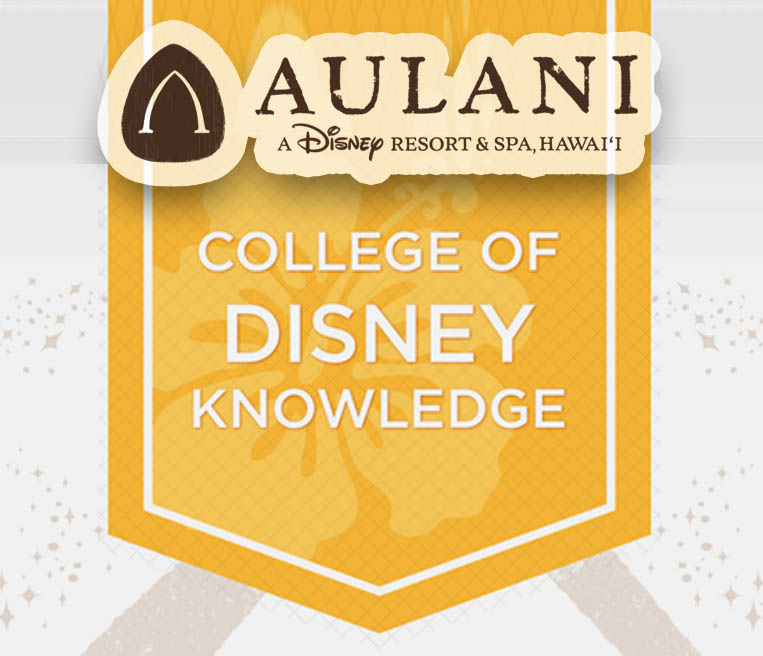






 CLIA Certified (Cruise Lines International Association)
CLIA Certified (Cruise Lines International Association)










